When I learned that I would be traveling to Finland, I was excited to experience the Sami culture up in Lapland.
It is something that I have always been interested in, because of their semi-nomadic tendencies and historical general disregard for international borders.
The Sami people have a rich culture and fascinating history over the stretch of Norwegian, Swedish and Finnish Lapland. I took a little time to learn more about the Sami people in Finnish Lapland.
My first Sami experience took place during a reindeer safari outside of Saariselkä. My guide was an older Sami man, that when I met him, was decked out in the traditional Sami costume.
His attire was complete with the usual Sami colours, and a matching hat with four separate points.He padded along the snow in his reindeer leather boots, and had a band-woven belt around his waist.
We didn’t have much time to talk before the reindeer safari started, and then he was guiding the second reindeer up ahead of me. We trailed through the woods for the better part of an hour, until we came to a small clearing in the trees.
There was a small fire pit, surrounded by tree stumps and a bench. Beside the pit was a box that was half buried in snow.
My guide pulled the reindeer to a halt, and tied them to a nearby tree for a rest. He proceeded over to the fire pit, and started gathering wood from a little pile beneath a tree.
I was still sitting in my sled, looking at him for an explanation. He must have felt my confusion, because he looked up and said “coffee break“.
I replied with two long sentences about how I was happy that the reindeer would get to take a rest, as I walked over to the fire pit. He looked up at me and smiled, but didn’t reply.
Still confused, I sat down on one of the tree stumps and watched him prepare the fire. I asked him a few questions as he chopped the wood, to which he simply replied “yes“.
It wasn’t until the fire was lit and he was serving me coffee and cookies that I realized what the trouble was. We didn’t speak the same language.
He knew a few simple English words, and I knew absolutely none of the Sami language. We sat quietly by the fire, drinking our coffee, and only smiled at each-other. We tried to have a few basic conversations, which involved a lot of hand movements and gestures.
Through this mixture of broken words and sign language, I learned that his family had owned the land and its reindeer for many generations. He had never traveled outside of Lapland, and only traveled to herd his reindeer.
I tried to tell him about some of my travels, and he seemed fascinated that I would want to travel so far away.
We sat at the fire for another twenty minutes, trying to chat, or simply sitting in the silence of the woods. Eventually we packed up, and continued back to the farm.
As we got there, I started to think about how secluded a culture could really be, so far in the North. It’s pretty amazing how they are able to keep their traditions in tact, because of the lack of modern day technology and influence.
But then, the traditional Sami culture illusion was foiled for me, when I heard that familiar tune, and he reached for his Nokia.
And then I realized the sad truth–the Sami people were slowly losing their culture, because of the interests of the dominant population. Over the last century, their borderless lives have become bordered, and their settlements have become controlled.
The following day, I wanted to learn some more about the history of the Sami people. I headed to SIIDA, the Sami museum in Inari.
First, I browsed a large timeline instalment, illustrating the entire history of Finland. I spent a great deal of time going over the different maps, and seeing how the territories changed over the years, and seeing the land that was lost.
Next, I ventured into a large room, dedicated solely to Sami history and culture. There was a timeline around the outside wall, as well as installations and displays in the centre. There were traditional Sami outfits, and even tools and other collections.
I enjoyed looking at the jewellery and the different accessories that the Sami women had adorned over the years.
I learned that traditional Sami livelihoods include reindeer-herding, fishing, hunting and small-scale agriculture.
There are only about 9000 Sami in Finland, and the majority of them have moved away from their Sami homeland.
As with any Native population in the world–we can only hope that they are able to keep their culture in tact, and withstand the growing modern population.

All thoughts and opinions are my own.
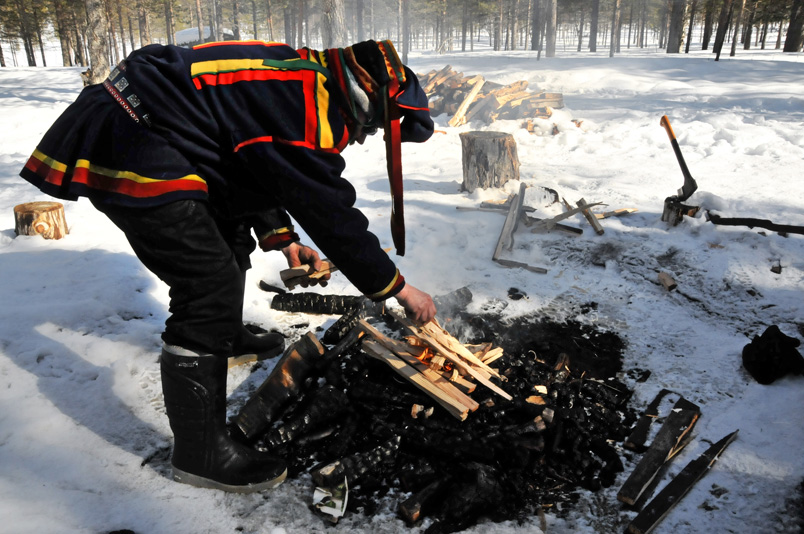
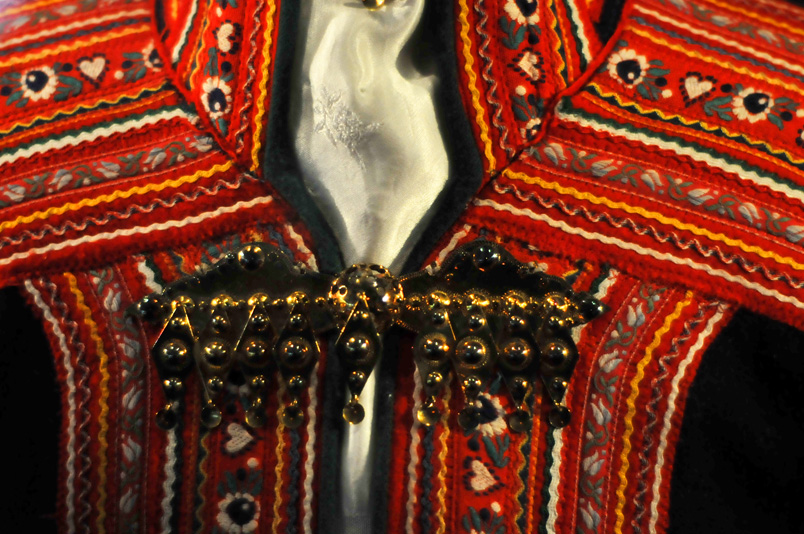
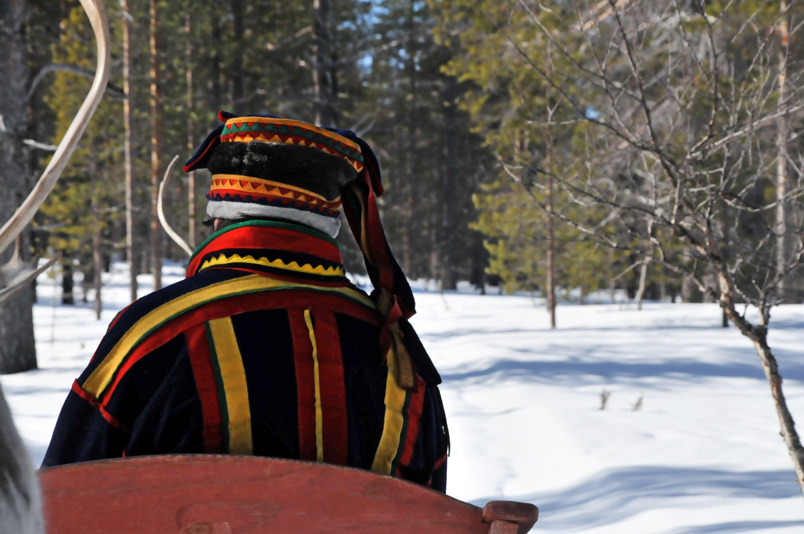
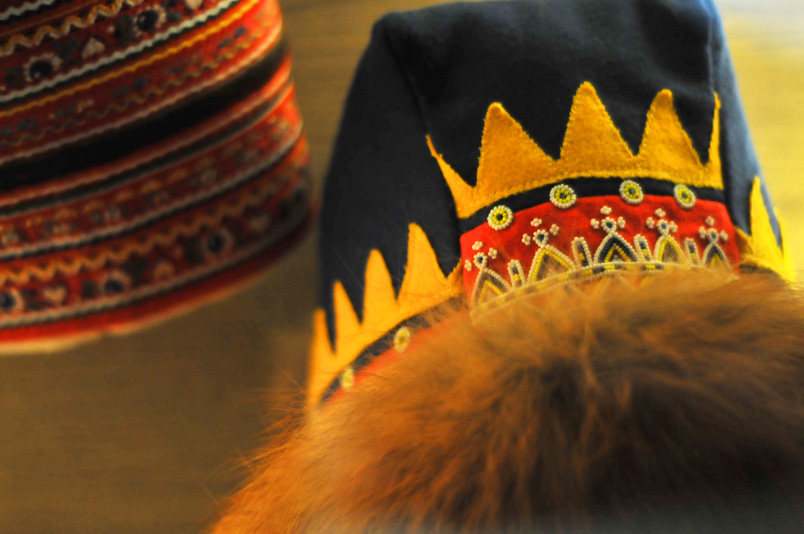
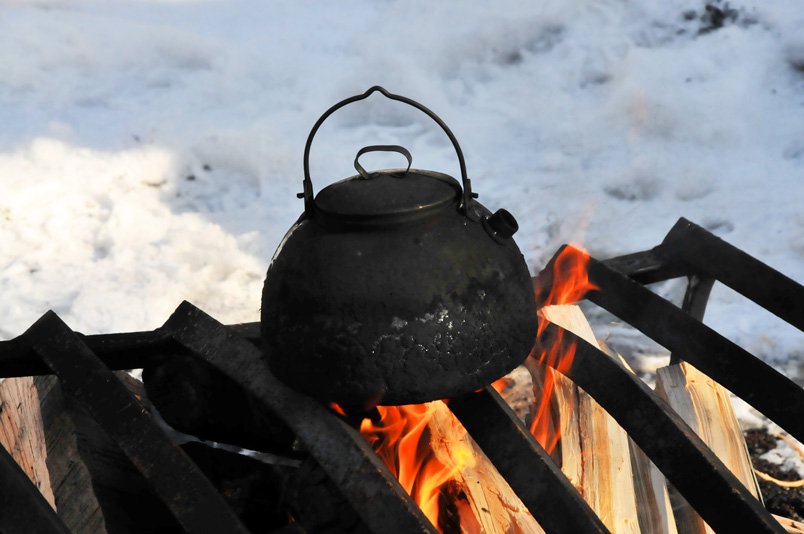
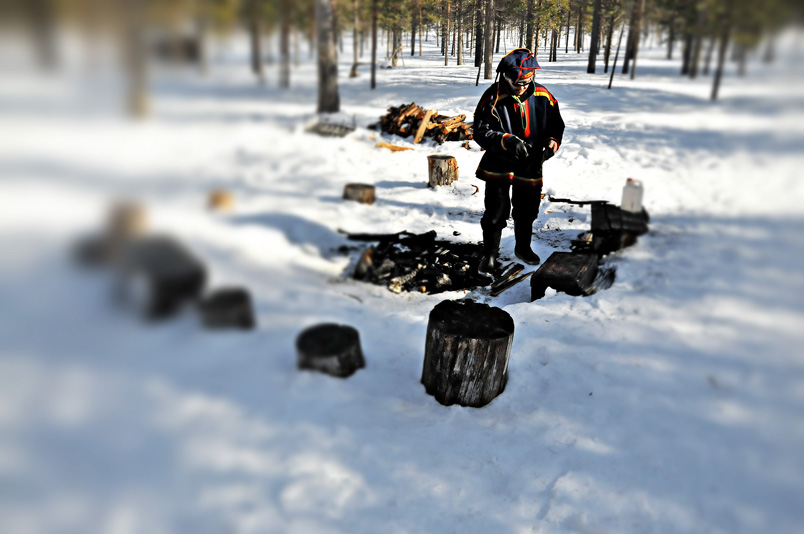
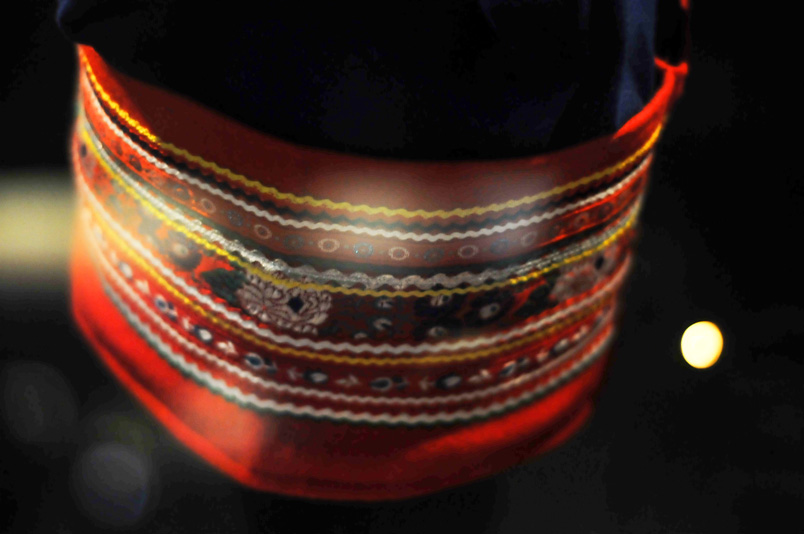
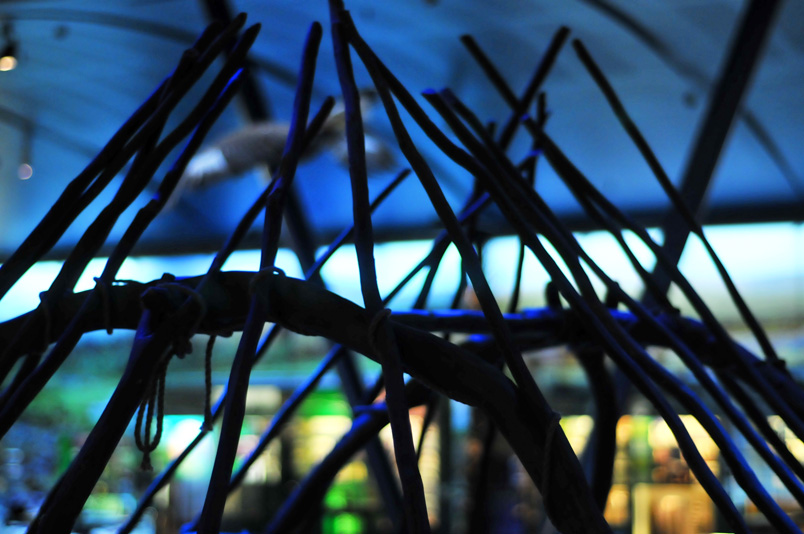
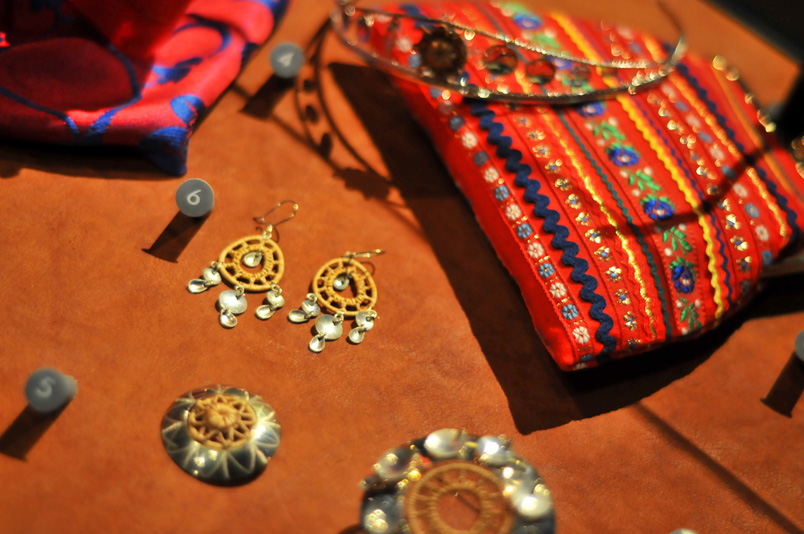
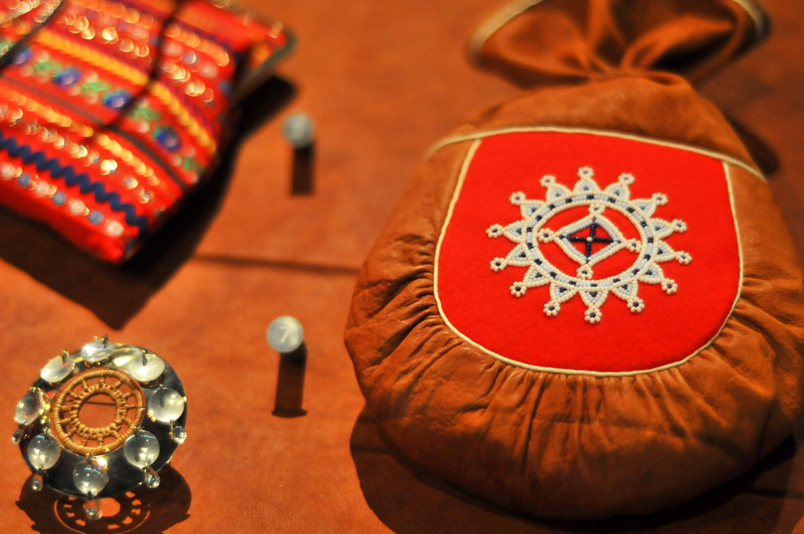
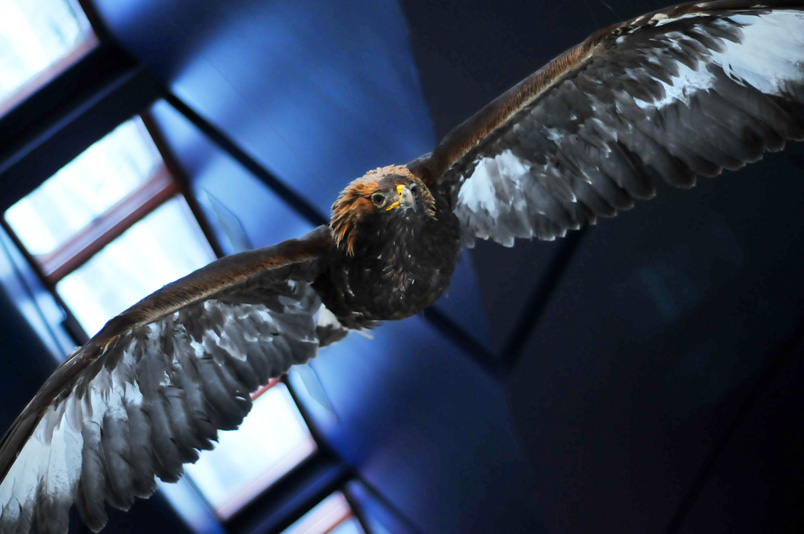
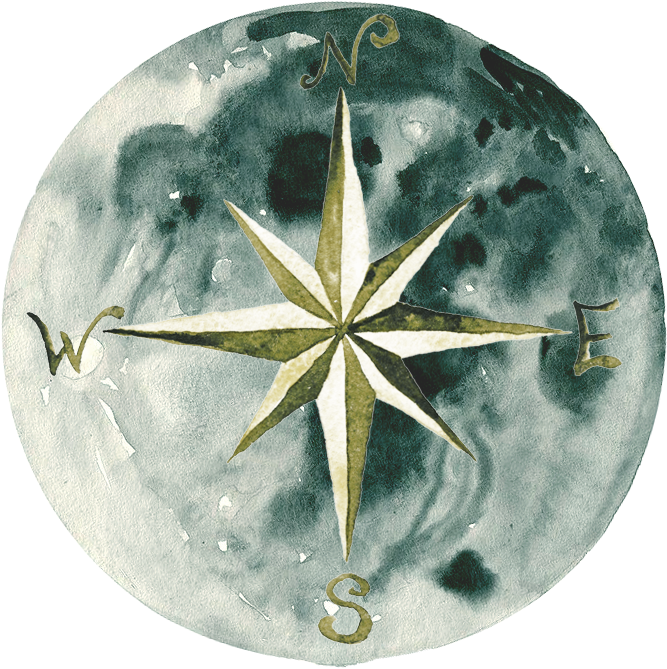
This is definitely a great place to have holidays and I just think most people would love to visit this place too.. Thanks for the awesome photos!
Dhyan recently posted..cars for sale in stroud